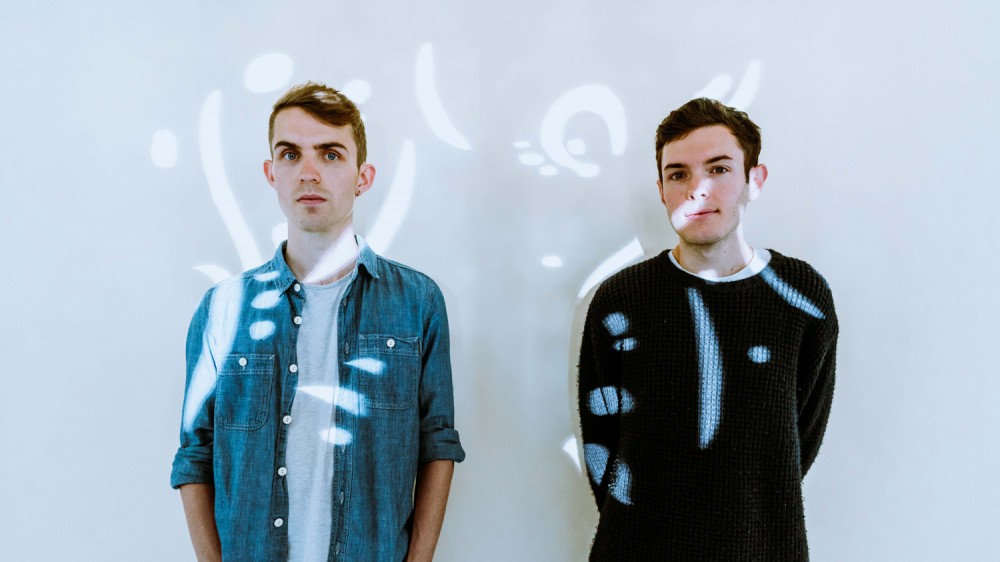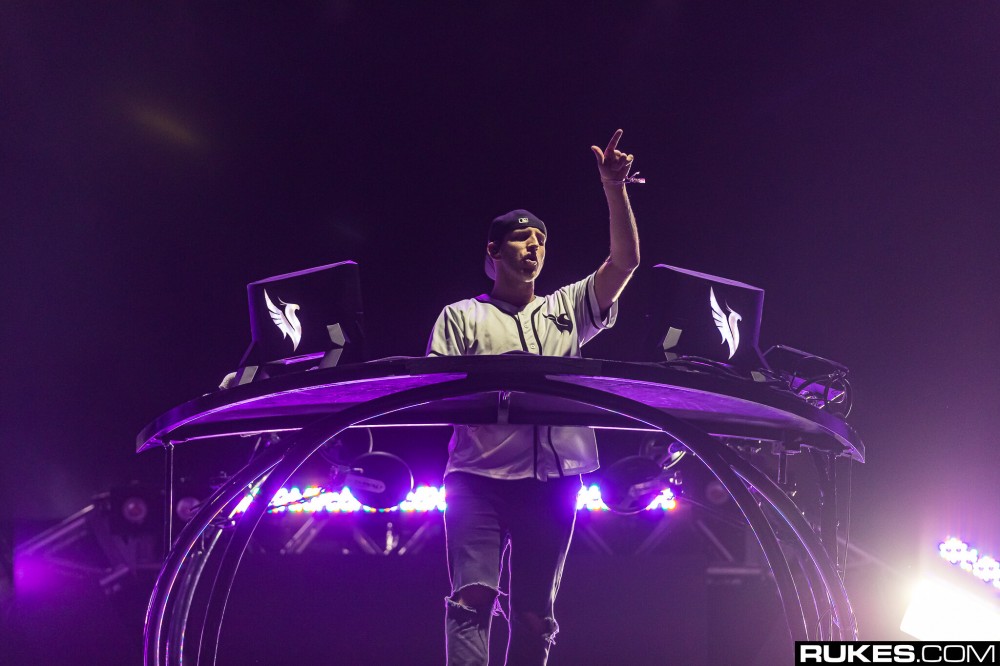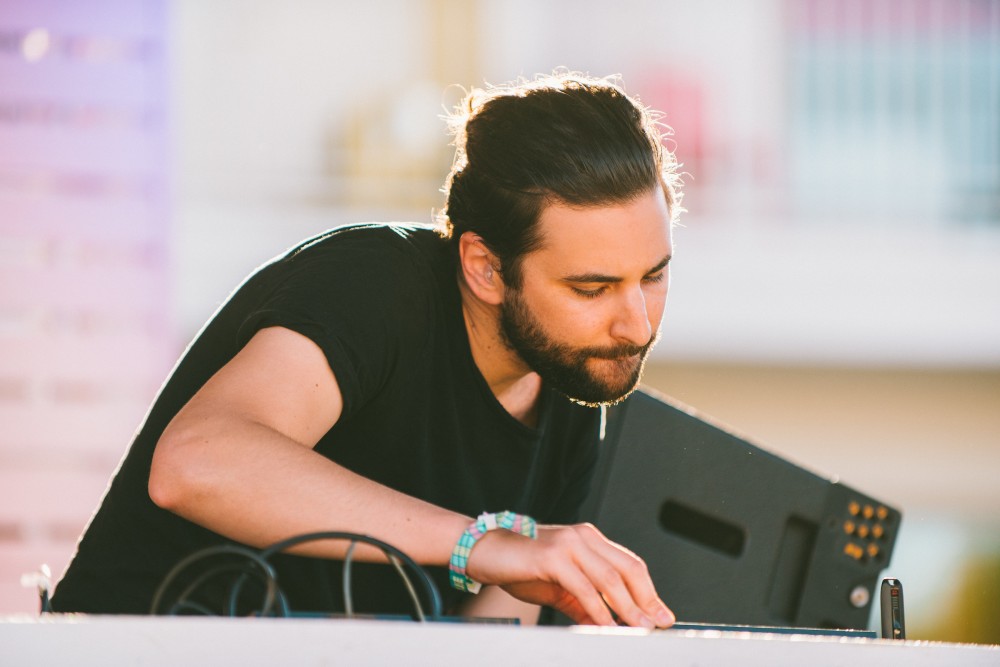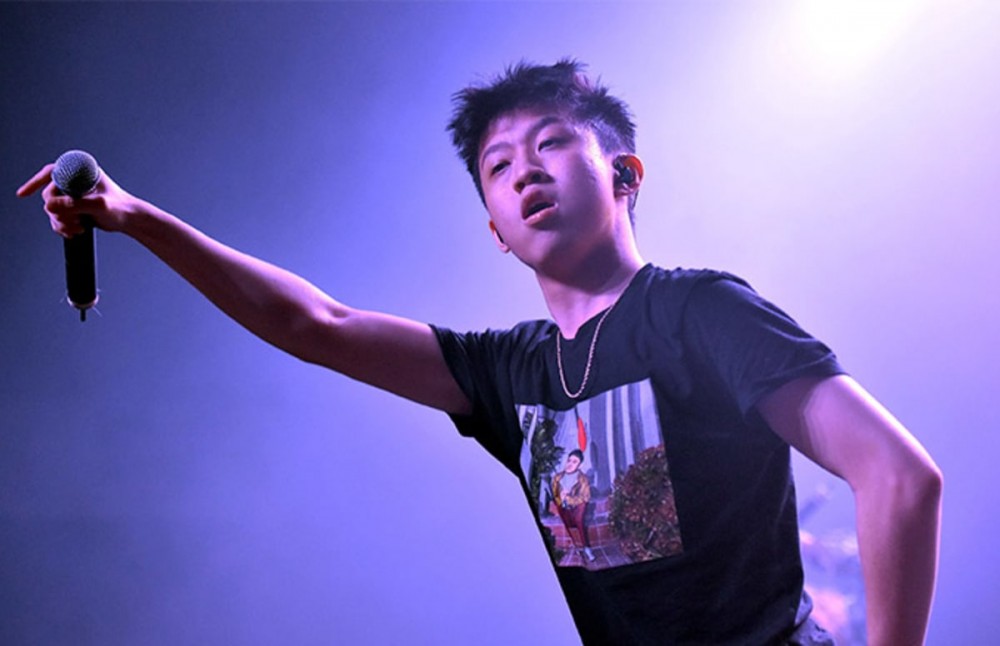
KOAN Sound delve into their bespoke connection to music, discuss new visual live show [Interview]
Ever since dance music became a real contender in the pop music landscape—rivaling rock and hip-hop in terms of global influence, artists have been looking for new, unique ways to innovate; to distinguish themselves from the rest of the pack. After all, once any genre breaks out of the underground, the number of artists that hitch their wagons to it nearly overnight increases dramatically.
As a result, so many of those artists calculate their craft for marketability on every level—from production to performance—searching for different aspects to which they can draw focus so as to affirm their originality. Sometimes it can come off as gimmicky, other times more genuine, though the line between is a tightrope walk.
There are some artists, though, who don’t have to manufacture a sense of originality. They show up already equipped with a sound and style that is inimitably and entirely their own. Chief among that elite crop of artists in the electronic space may be KOAN Sound. Consisting of Will Weeks and Jim Bastow, the venerated British duo has tackled an extended myriad of genres and subgenres, all while maintaining their unmistakable sonic identity.
This flair for uniqueness is driven by a concerted effort to imbue their strong instrumental background into every track they produce. From their breakout hit, “Meanwhile, In The Future,” to their latest EP, Intervals Above, their early days playing in a band together back in Bristol support their affinity for limitless exploration, both in the studio and on stage.
EDM All Day caught up with Weeks and Bastow at their LA tour stop for a rare interview wherein the pair discussed their continuing instrumental influences, their brand new live show, and more.
![KOAN Sound delve into their bespoke connection to music, discuss new visual live show [Interview]](https://dancingastronaut.com/wp-content/uploads/2019/10/2019_In-Parallel_©Sarah-Koury-51-700x394.jpg)
You’ve just released another rework of “Meanwhile In The Future,” one of your break out tracks. What does this track mean to you both? How did it feel to revisit this track once again as more seasoned, experienced musicians?
Weeks: Well, that was really fun to do because we’ve learned so much since writing the original. It was cool trying out similar things, but with all these new techniques.
Bastow: Out of all our tracks that one’s always been one of the biggest fan favorites. That kind of era of our productions, the early OWSLA productions, are still really popular with a lot of fans so we wanted to keep playing it, but we thought it would be cool to update that along with some of the other tracks in the set. Kind of put a fresh spin on them, and I think the reception so far has been positive.
Which of the two versions would you say you enjoy listening to more?
Weeks: I think the old one, you can definitely hear the age.
Bastow: Yeah it’s definitely partly a nostalgic thing.
Throughout your career you’ve adopted a plethora of styles and genres—everything from boom-bap beats to drum ‘n’ bass to dubstep to disco, and yet your music is unmistakably your own. How do you continue to insert your unique sound into all these different styles in fresh, new ways?
Weeks : We don’t think about it too much. We have a way of working so whatever genre it is things end up sounding the same in terms of sound design.
Bastow : I think if you do anything for long enough and keep working away at it you will develop your own spin on it; your own perspective. I think it’s unavoidable and its definitely not something we’re really conscious of when we’re in the process of making music. It’s just something that is born out of that. But to me I think that’s one of the highest compliments that someone can give because music can be good and it can be bad but if something sounds like you then no one can take that away from you, and that’s a very high compliment.
So when you go to make a new track do you have a specific intent in terms of what genre you want to make or does it flow naturally through the process?
Weeks: Usually we start with an idea, but we work on tracks for so long that they often develop into something else entirely.
![KOAN Sound delve into their bespoke connection to music, discuss new visual live show [Interview]](https://dancingastronaut.com/wp-content/uploads/2019/10/2019_In-Parallel_©Sarah-Koury-71-700x394.jpg)
Your releases have always been accompanied by very bespoke artwork to the point that you created an original piece of art for every track on Polychrome. What purpose does visual art serve in relation to your music? Do the visuals help define the music? Or are the visuals a reaction to the music?
Weeks: Well I think part of it started when I said I see a lot of shapes and colors when I hear music, but then that grew into trying to create visuals to go along with our sets, but we haven’t done anything on this scale before as we did with the new live show.
Bastow: I came from a visual art background, and that’s always been very important to me. For instance with the Polychrome project I thought it would be a cool way to try and tie all of the different elements and tracks together because, like you say, the album has a lot of different styles and covers a lot of different stylistic ground so I thought it would be a cool way to tie all of those together by telling a story in each of the pieces of artwork.
Correct me if I’m wrong, but you haven’t made an official music video for any of those tracks, right?
Bastow: Well that’s what the show is. Essentially each track has a bespoke music video for it, and we’re playing with stuff live and triggering things over the top of these space layers that are running in the background. But yeah, each track has its own full-length music video.
I think that’s interesting because if someone hasn’t come to the show and sees the art that is paired with the music, it’s still very open to interpretation. Whereas a traditional music video further defines a song most of the time. Explain the opposite approach a little more?
Bastow: I think also we play a really big role in the development of the visuals which just means we have more personal investment in them and just more attachment to them and hopefully that comes across.
![KOAN Sound delve into their bespoke connection to music, discuss new visual live show [Interview]](https://dancingastronaut.com/wp-content/uploads/2019/10/2019_In-Parallel_©Sarah-Koury-66-700x394.jpg)
You both grew up playing instruments and use them frequently in your productions. What inspired you to go the electronic route as opposed to staying the course in your live band?
Weeks: Well we were doing them both at the same time. They were both fun things, but I guess it’s hard to keep people together in a band.
Bastow: Yeah they definitely both ran in tandem and I think over time our interests and musical tastes just developed. We began to listen to more and more electronic stuff and just become more immersed in that world, but I think we went through a period while we were writing Polychrome where we were jamming quite often with some other musicians. Our friend Chalky who plays guitar being one of them. That definitely informed some of the album writing to a certain extent, and we play drums and keys on stage so there’s still a bit of that in there.
Both Polychrome and Intervals Above display a return to your more instrumental style of music. You even put together a playlist of guitar music that inspired Intervals Above. How do you translate instrumental influence into electronic music? How does a jam session inspire an electronic production?
Weeks: I think when we record anything, whether it’s other people or ourselves, we just record a lot of audio. Then usually we’ll play around with that within Ableton find cool ways to use it.
Bastow: It’s really just that. There’s not really a science behind it. It’s just recording everything that we do when we’re experimenting or just playing something and then going through it after and picking bits out and the bits that catch our ear just pursuing those and processing them and experimenting with them.
Are there times in the middle of these jams when you’ll stop and instantly know that you’ve found the idea that leads to a track?
Bastow: The recording process is very separate from the actual production process. We’re not normally doing both at the same time; recording while we’re making a track. Normally we’ll be out with a field recorder or recording someone else playing an instrument or I’ll be recording some keyboards or what not. Then after we have those we’ll go back to the studio and listen through those and choose bits from them.
Do you think having that separation between recording and producing helps formulate the ideas for your tracks?
Weeks: I’d say if anything it leads to more happy accidents because you come away from the recording process and then you come into it fresh again and you can stumble on really interesting progressions.
Bastow: It’s kind of a work flow thing as well. Just having that separation means that the two processes are distinct.
![KOAN Sound delve into their bespoke connection to music, discuss new visual live show [Interview]](https://dancingastronaut.com/wp-content/uploads/2019/10/2019_In-Parallel_©Sarah-Koury-62-700x394.jpg)
What were the intentions behind Intervals Above? Was it simply leftover tracks from the Polychrome sessions? Or were you trying to do something new?
Weeks: I think it was a love letter to the guitar music we like. Metal, Latin American music…
Bastow: We listen to a lot of instrumental metal stuff, with Animals As Leaders being one of the biggest names. So, part of it was that and part of it was becoming really close friends with a guy named Chalky who played a lot on the EP. We had these initial ideas and did some short recordings with him. Those recordings formed the direction of the EP in terms of sound, and we just tried to use those recordings as much as possible because it’s not an instrument we’ve used a lot in the past.
When you first emerged bass music was much more narrowly defined than it is today, and your music always existed outside those definitions. Now you have a long list of huge crossover artists. How do you think this trend has impacted your music and your audience? Do you find more people are down for the stuff you’re making now?
Bastow: Well I think when we initially started we were pretty closely tied to dubstep. We sort of rode the wave of that association and, like you say, everything was more in the box at that time. So, I think we were pigeon-holed a little bit into that, but I think it’s been a gradual evolution. From that point we’ve continued to experiment and try new things until we were at a point where people were digging us because we were doing that; because we weren’t sticking to that one thing. We became known for always doing a different thing.
Photo Credit: Sarah Koury / KoLAB Studios


